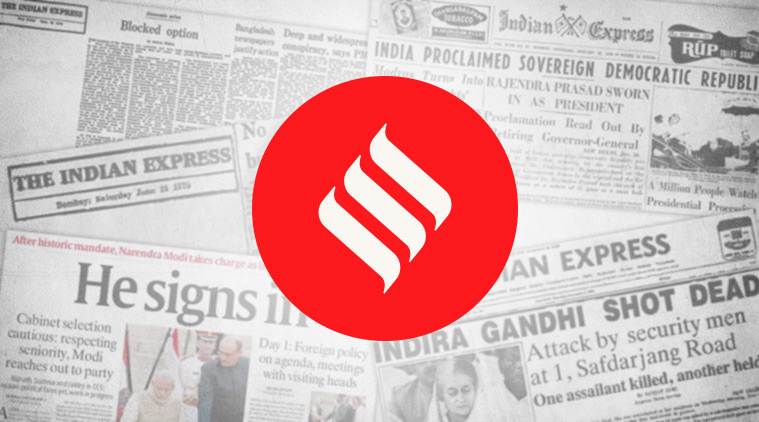
Even as the time taken for resolution under the Insolvency and Bankruptcy Code (IBC) continues to exceed the outer limit prescribed under the law, the process is yielding better outcomes in a shorter time frame as compared to the erstwhile regime. In FY19, financial institutions recovered close to Rs 70,000 crore through resolution under the IBC, estimates rating agency Crisil. This works out to a recovery rate of 43 per cent. In comparison, recoveries under the preceding regime through various channels — debt recovery tribunals, securitisation and reconstruction of financial assets, and enforcement of the securities interest act (SARFAESI) and Lok Adalats — stood at Rs 35,000 crore in FY18.
Yet there is cause for concern. The time taken for successful resolution continues to exceed that envisaged in the law. Under the law, the insolvency resolution process is to be completed in 180 days, which can be extended by another 90 days to a maximum of 270 days. But, of the 1,143 cases that are currently outstanding under the IBC, 362 cases or 32 per cent are pending for more than 270 days. In a few of the big ticket cases, the resolution process has exceeded 400 days. Part of the delay in resolution can be attributed to the absence of buyers, differences between members of the committee of creditors, as well as legal challenges mounted by existing promoters not willing to let go of their companies. Then, there are issues of institutional capacity which need to be addressed. However, despite these delays, Crisil estimates that it takes around 324 days for cases to be resolved under the IBC — in comparison, as per the World Bank’s Doing Business Report 2019, it took 4.3 years under the earlier regime.
In the months after the IBC kicked in, operational creditors had taken the lead in initiating the corporate insolvency resolution process (CIRPs) against errant debtors. But thereafter, financial institutions stepped up. In fact, in the quarter ended March 2019, the number of CIRPs initiated by financial creditors exceeded those initiated by operational creditors. But it is difficult to say whether this trend will continue after the Supreme Court ruling on the RBI’s February 12 circular. The quashing of the circular has opened the door for banks to tackle the issue of bad loans outside the IBC process, a route they might prefer.